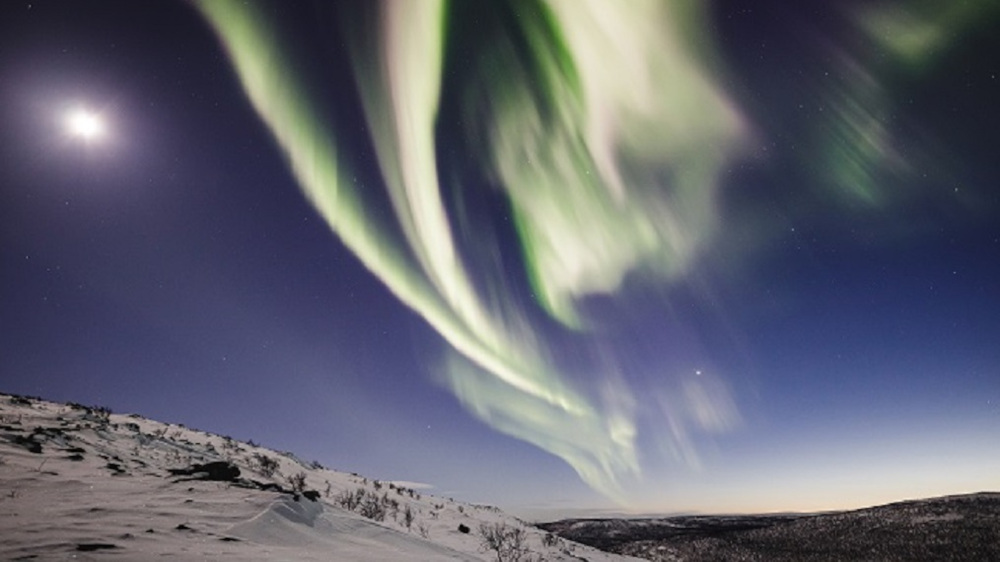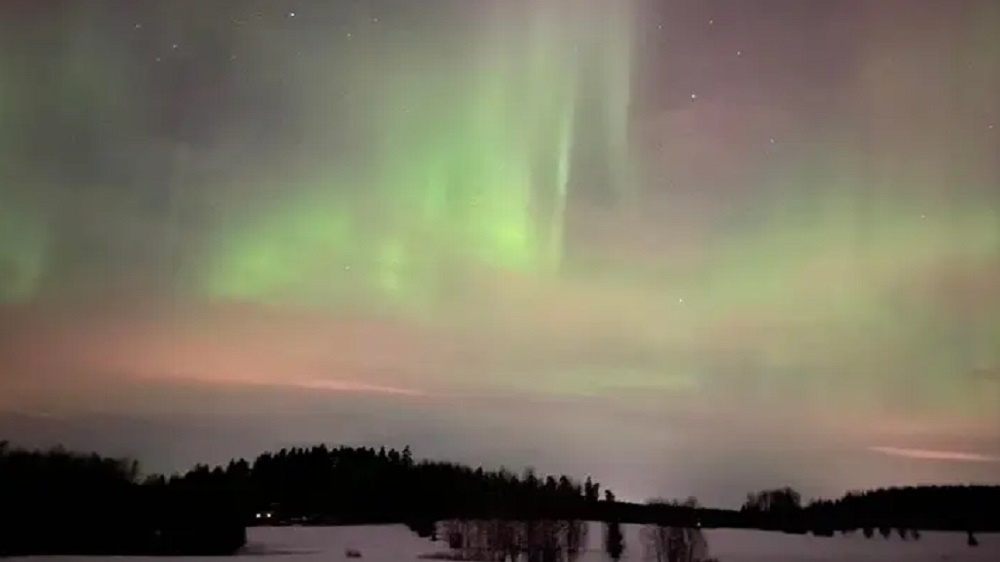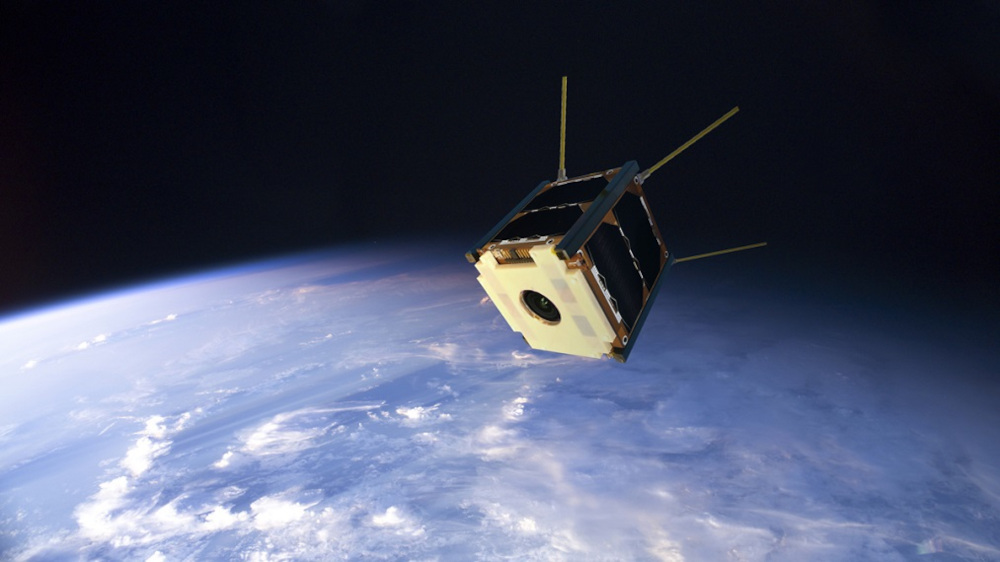Northern lights in sight, but do you know what they are?

Finland conducts top-level research in the field of northern lights research. Aalto University's "Finland 100" space research satellite has filmed and studied northern lights.
The original source of energy for the northern lights (Aurora Borealis) is the Sun, even though the aurora light itself is generated in the upper atmosphere at a height of approximately 100-200 kilometres. It is statistically most likely to see northern lights at midnight and for a couple of hours on both sides of it. However, especially in connection with major space storms, they can be seen at any time during dark daylight hours.
The northern lights forecasts can be followed on the website of the Finnish Meteorological Institute. The estimate of the probability of northern lights is updated once every weekday. During particularly interesting space weather incidents, it can be updated more often.
The probability of northern lights is reported on a four-step scale: low – small – moderate – high. The estimate is given for the three nights following the preparation of the forecast. It does not take into account the cloudiness that can prevent the sight of northern lights. The estimate concerns the probability of northern lights south of the usual northern lights zone, i.e. more or less south of Rovaniemi. The probability is given verbally, because when interpreted as percentages, the probability of northern lights always varies by width and grows towards the north.

© Nathalie Dahl
The sun is constantly releasing particles into space. This spreading particle stream is called solar wind. It carries with it the magnetic field of the Sun. The solar wind and its irregular nature cause space weather phenomena. The speed of solar wind varies, and faster-than-usual solar wind originating from so-called corona openings often causes increased northern lights activity in Finland when entering the ground.
The speeds of particles entering the upper atmosphere are as high as 1,000 kilometres per second. The colour of the light generated when the tuning rooms are dismantled depends on the quality of the tuned particle and the energy it generates in the event of an impact: green and red light is generated in the tuning rooms of oxygen atoms, while nitrogen molecules receive and supply energy in the amount of light quantum in shades of blue.
The Finland 100 satellite has filmed northern lights
Aalto University's Finland 100 space research satellite has done what was previously possible for much bigger devices: to photograph and study northern lights. Suomi 100 has been orbiting the country at a height of 600 kilometres for almost five years (launch 3 December 2018). Finland 100, which is a milk can of one litre in size and weighs around one kilogram, carries two research devices, a wide-angle camera and a radio measuring device. Its camera has taken pictures of northern lights and made unique measurements in the northern lights area. In the study report, researchers analysed the photograph taken from the northern lights by combining it with the photographs and magnetic field measurements of the terrestrial northern lights cameras.
For space physicists, northern lights are an intriguing subject, as they tell about the effects of the Sun on the Earth's upper atmosphere. The topic is also important for the security and functioning of society, as space weather affects, for example, air traffic, satellites, and telecommunications and electricity networks.
.

Photo: Finland 100 satellite project/Jari Mäkinen
Sources: Finnish Meteorological Institute, Aalto University, STT, YLE




